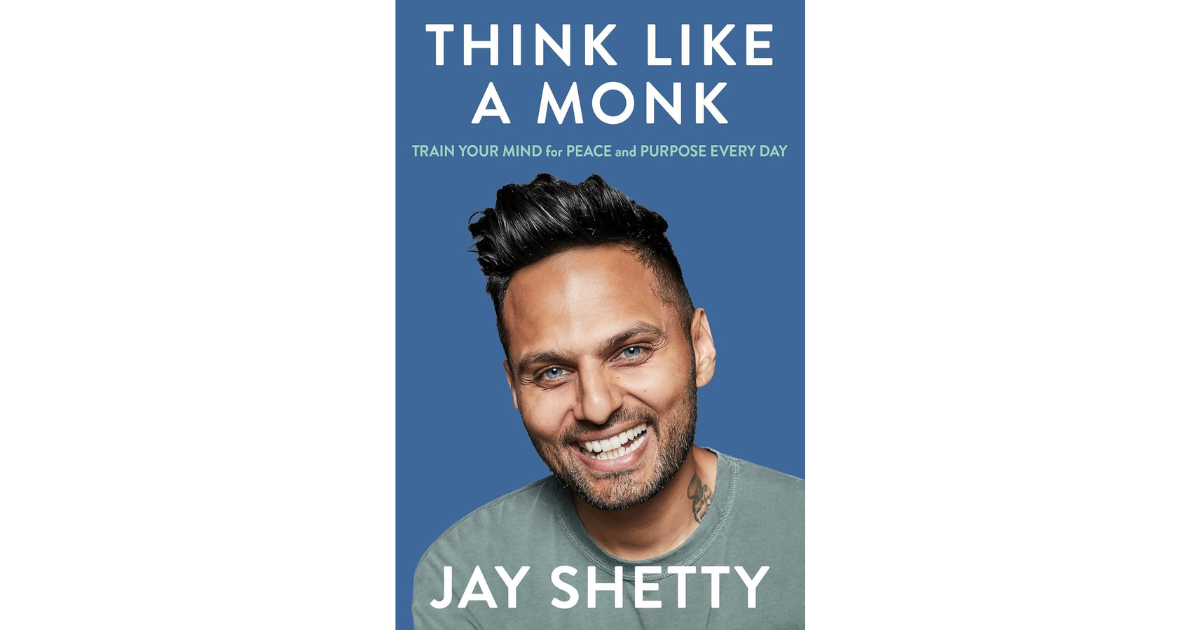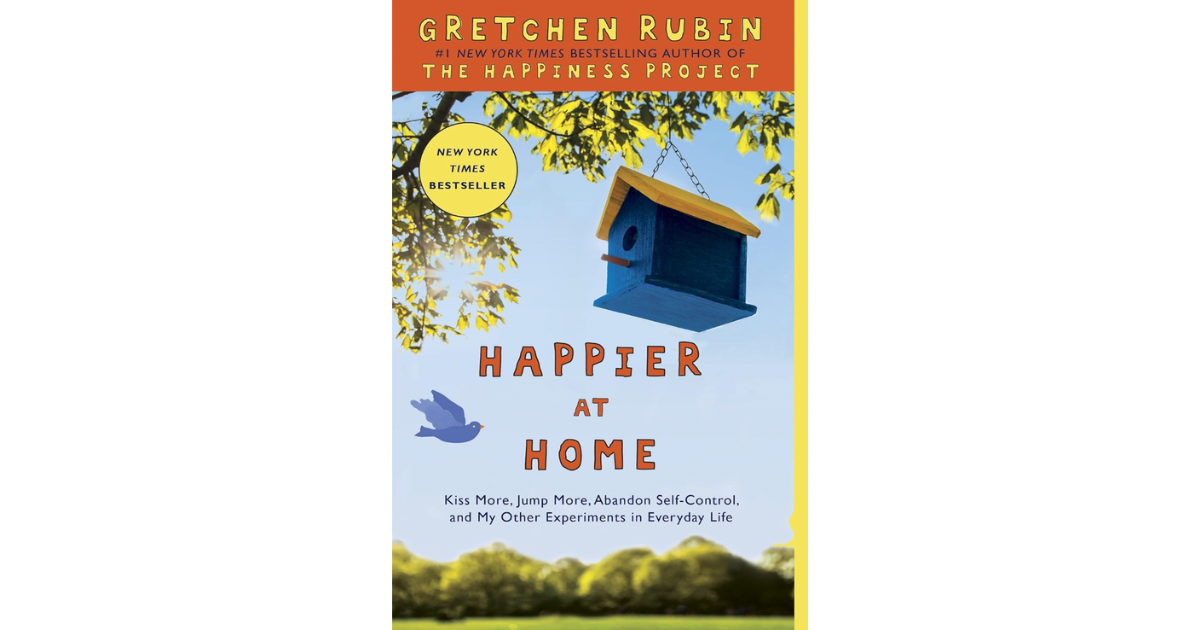Business Book Review: Getting to Yes by Roger Fisher and William Ury
It’s thanks to books like Getting to Yes that outdated ‘bottom line’ positions in negotiations were replaced with a win-win goal.
My Rating: ★★★★
Length: 240 pages
Publisher: Century Trade
Released: 2012 (originally published 1981)
Key Takeaways for Personal Branding
Roger Fisher and Willam Ury have worked together since 1977. Fisher is the Williston Professor of Law Emeritus at Harvard Law School. William Ury is a co-founder of Harvard’s Program on Negotiation and a Distinguished Fellow of the Harvard Negotiation Project.
It’s been over 40 years since the original publication of best-seller Getting to Yes. Yet, its principles for negotiating remain timeless.
Who is this book relevant for? In a rare case, it’s likely everyone. Because as the authors describe:
“Like it or not, you are a negotiator. Negotiation is a fact of life.”
The Principle Negotiation Method
The authors define the method of principle negotiation or negotiation based on merits in four points:
People: Separate the people from the problem.
Interests: Focus on interests, not positions.
Options: Invent options for mutual gain.
Criteria: Insist that the result be based on some objective standard.
All encourage you to attack the problem, not each other.
Obstacles to Negotiation
Fisher and Ury propose that, in most negotiations, four major obstacles inhibit the invention and abundance of options:
Premature judgement
Searching for a single answer
The assumption of a fixed pie
Thinking that ‘solving their problem is their problem’
Know your BATNA
The book proposes the reason you negotiate is to produce something better than the results you could obtain without negotiating. So, what are those results? What is your Best Alternative to the Negotiated Agreement? Fisher and Ury propose this is the standard any agreement should be measured against. Alternatively, a ‘bottom line’ position is likely, by its very nature, too rigid and likely set too high.
Favourite Quotes
“The challenge is not to eliminate conflict but to transform it. It is to change the way we deal with our differences—from destructive, adversarial battling to hard-headed, side-by-side problem-solving.”
“Whatever else you are doing at any point during a negotiation, from preparation to follow-up, it is worth asking yourself, “Am I paying enough attention to the people's problem?”
“Listen to them with respect, show them courtesy, express your appreciation for their time and effort, emphasize your concern with meeting their basic needs, and so on. Show them that you are attacking the problem, not them.”
With examples from international relations to negotiating with your insurance provider, Getting to Yes will help you personally and professionally negotiate win-win agreements.
Getting to Yes by Roger Fisher and William Ury: Available on Amazon.




